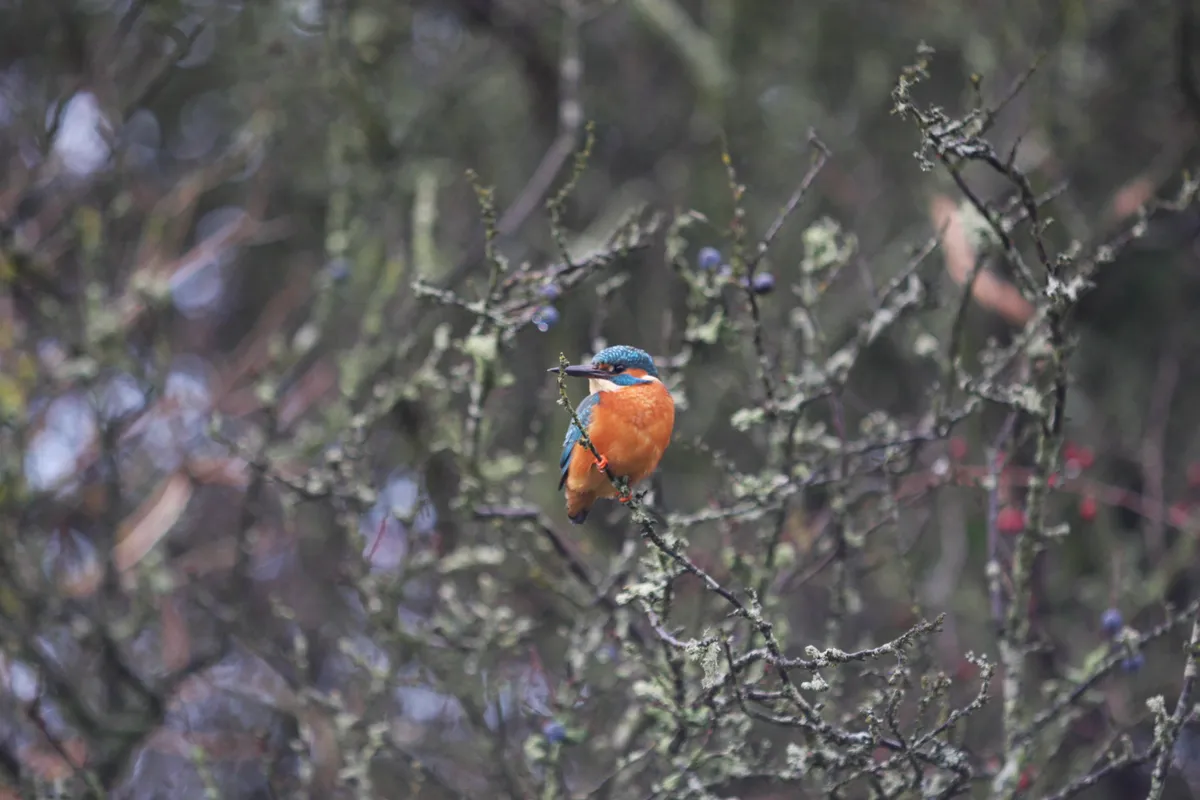From recording birds and butterflies to insects and plant life on the forest floor, The Big Forest Find aims to gather forest wildlife observations from volunteers across the country to help monitor England’s forest biodiversity.
As part of the new citizen science project, events are taking place in forests across England, plus a free app 'iNaturalist' has been released to help people track and identify their findings.
Data recorded will then be added to a national database, where it will be used to improve the work ecologists, scientists and rangers do to manage the forest landscape for wildlife.
Supporting the launch, TV wildlife presenter Michaela Strachan, said: “Forests are an amazing environment to see and hear wildlife, from birds nesting, finding food and hunting in the canopy, to the abundance of insects living on the forest floor. There's usually way more life living in a forest than is noticeable at first glance.
“The Big Forest Find is a great way to encourage people to explore the life behind and under the leaves! Get involved, get outside, get exploring and connect with the truly inspiring world of forests.”
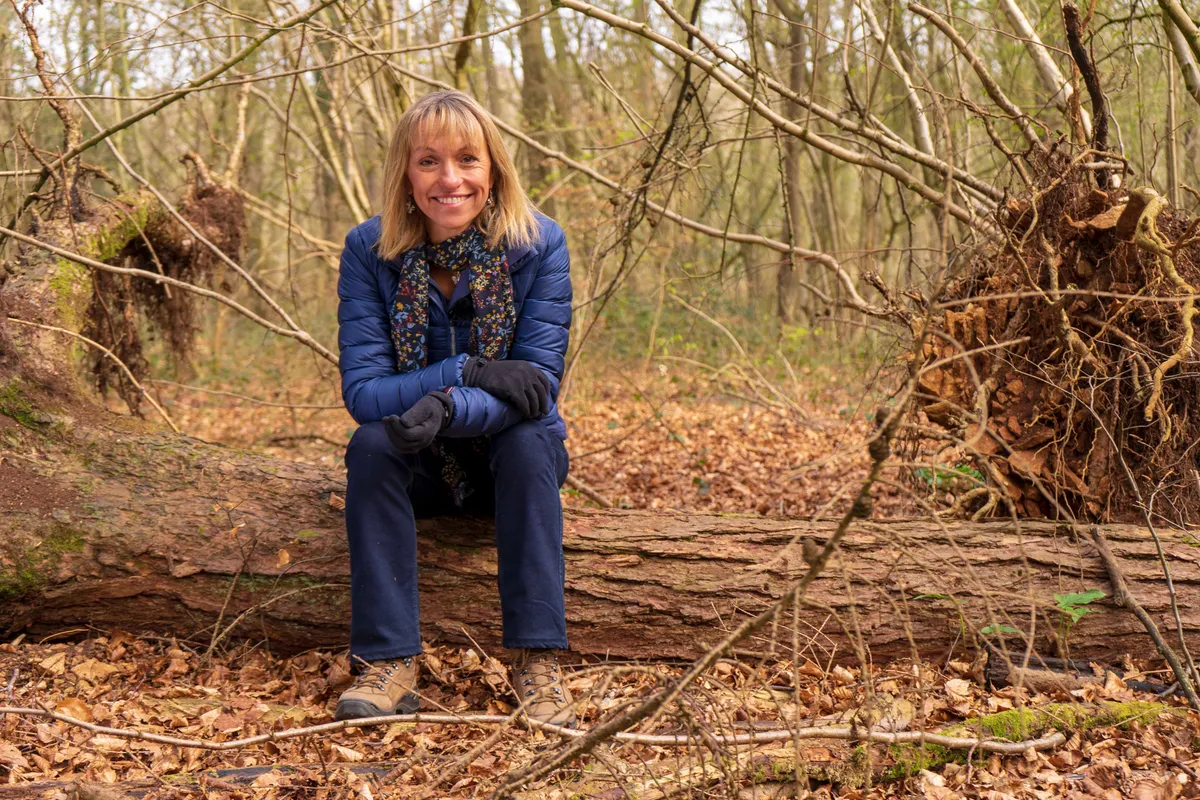
People of all ages are being encouraged to take part with Big Forest Find activities including nocturnal wildlife surveying at Maybeck, Yorkshire, and bug hunting at Drinkwater Park, near Manchester.
Forestry Commission ecologist Molly Gorman said: “From Grizedale to the New Forest, we work hard to make sure the forests in our care provide a real mix of habitats for wildlife to thrive.”
“The Big Forest Find is a fantastic opportunity for people to get out and explore, and help us discover even more about the animals, insects and plant life in our forests. These records are so important in the face of a changing climate, and will help shape how we look after our woodlands for decades to come.”
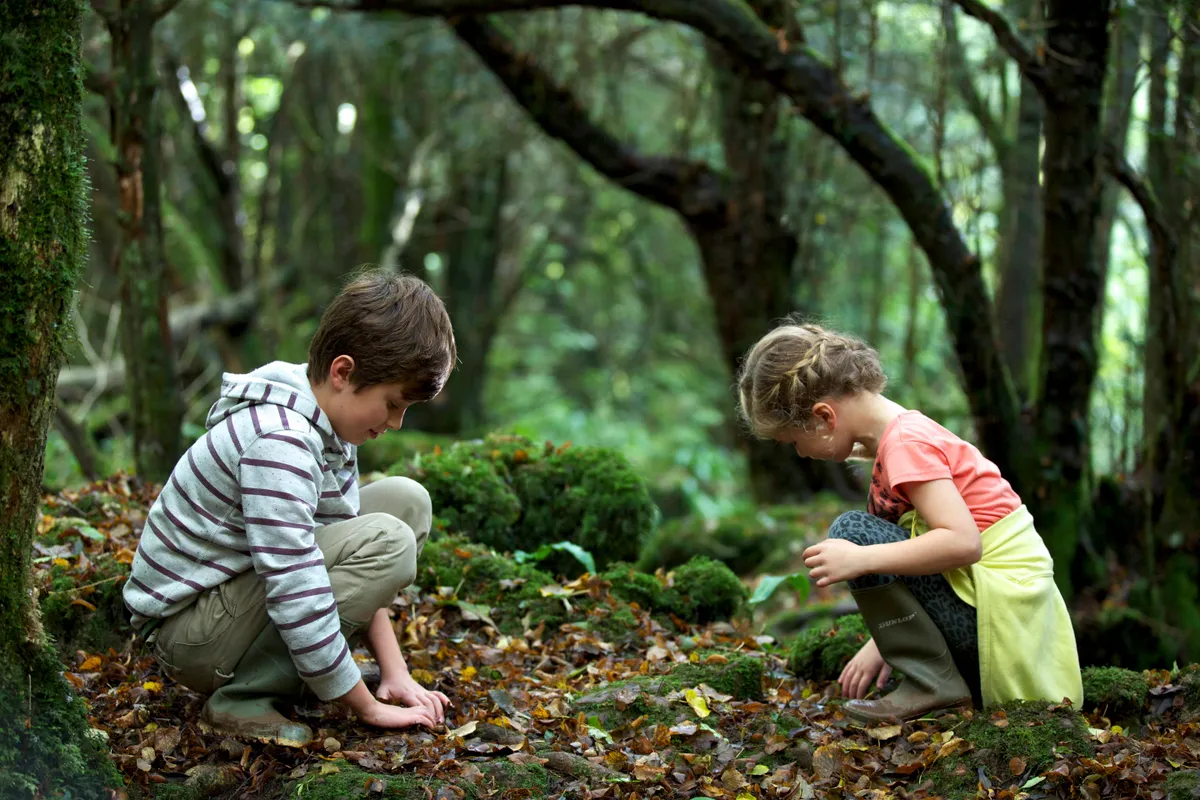
In addition to the Big Forest Find, the Forestry Commission is marking its centenary year with new works by sculptor Rachel Whiteread and poet laureate Carol Ann Duffy, a show garden at RHS Chelsea Flower Show and commemorative tree avenues planted to celebrate 100 years of forestry.
How to take part in the Big Forest Find
As part of the project, the public is being encouraged to record forest wildlife through the seasons using the free app iNaturalist. To find out how to take part visit: www.forestryengland.uk/bigforestfind
Wildlife species to spot
1
White admiral
The white admiral effortlessly skims the edges of trees and bushes along woodland rides in southern England, where it is common locally.
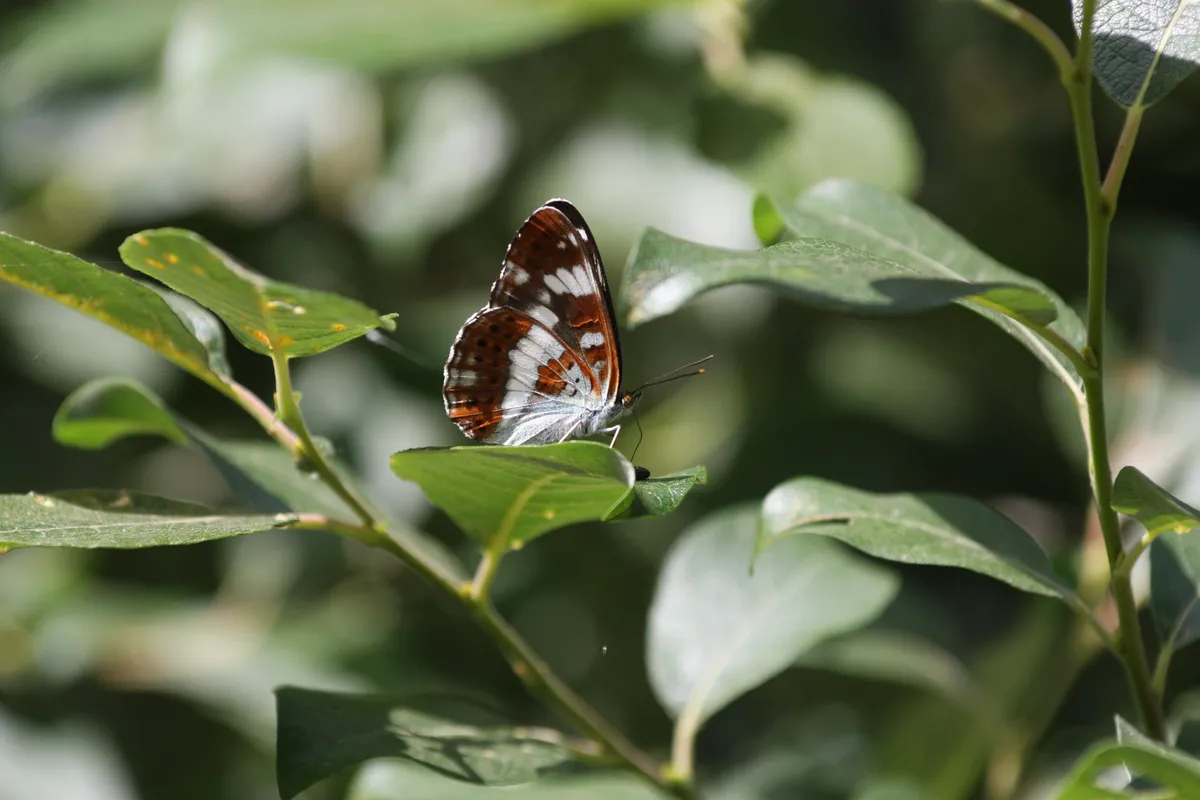
2
Common Lizard
Can be seen across the country, the common lizard is one of three native British species.

3
Firecrest
Slightly smaller than the goldcrest, the firecrest partially migratory and a rarer to see.

4
Foxglove
Foxgloves are a bee favourite and despite being poisonous if consumed by humans, they are both honey and bee safe.
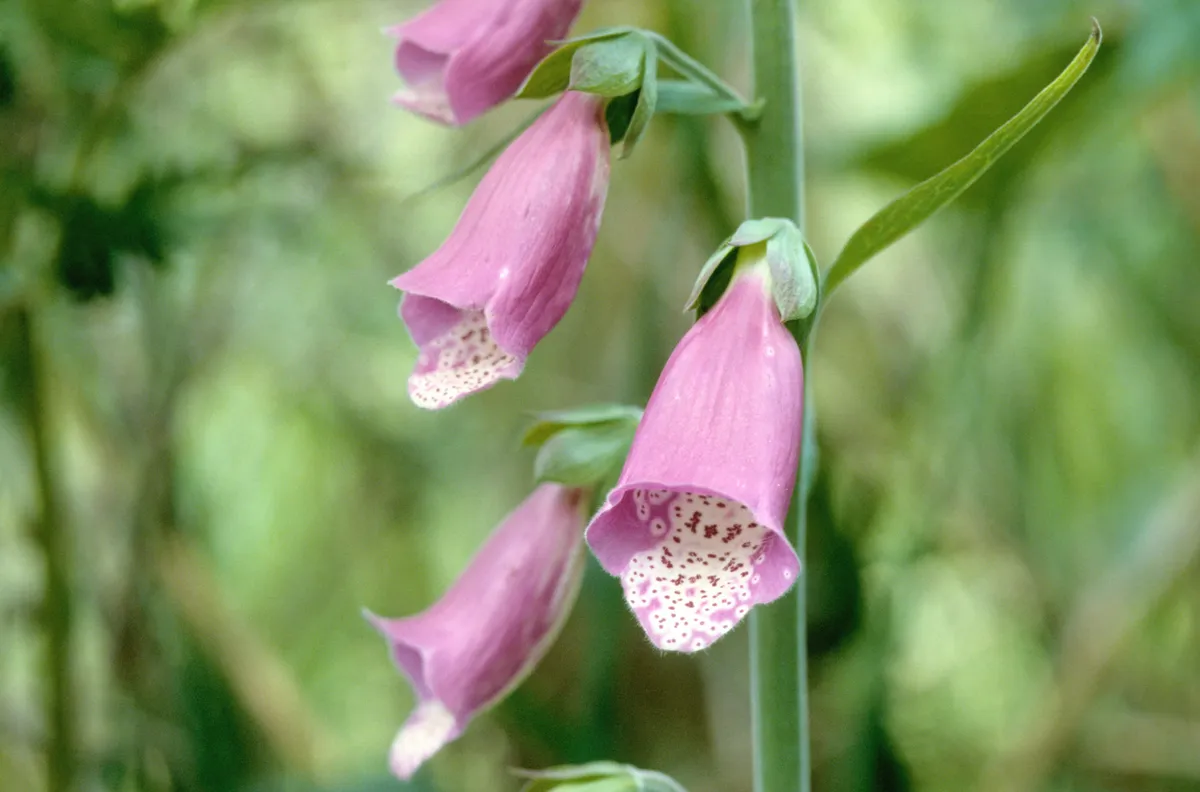
5
Kingfisher
Keep an eye out for a flash of blue. Kingfishers can often be found near rivers hunting for fish.
